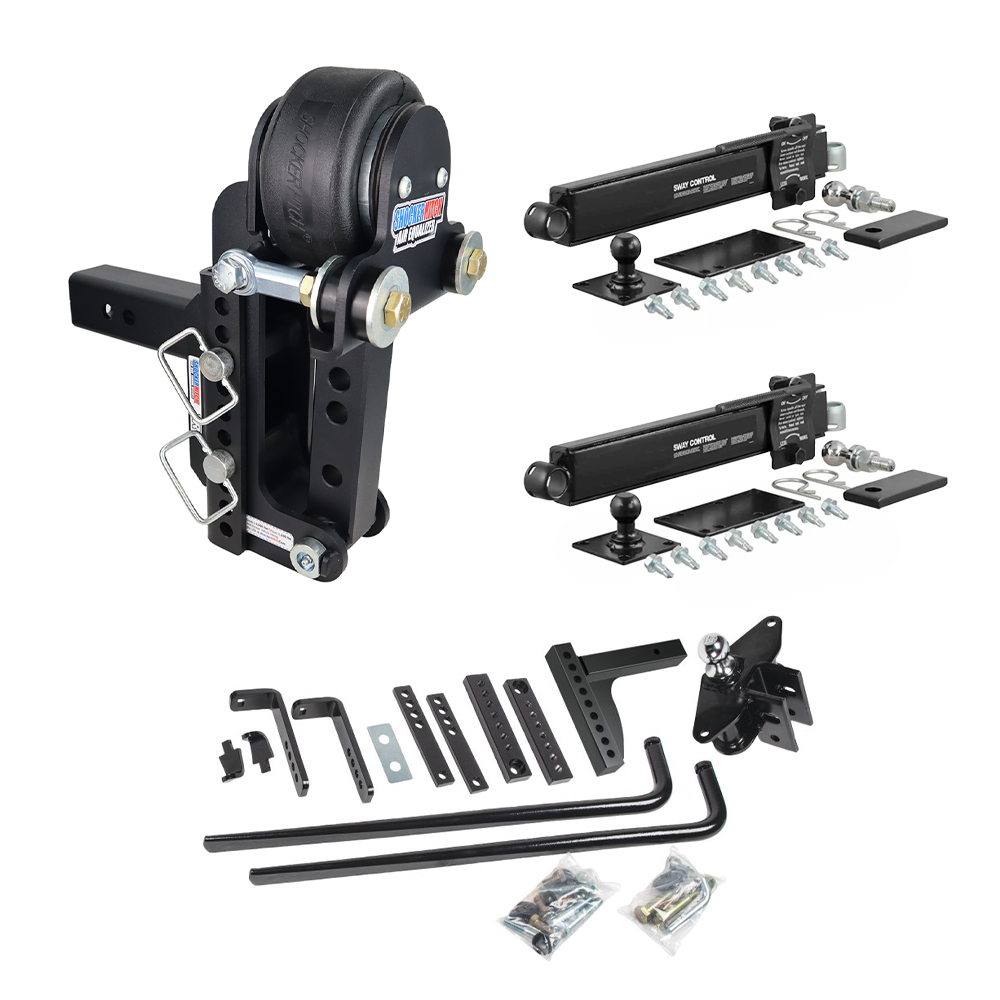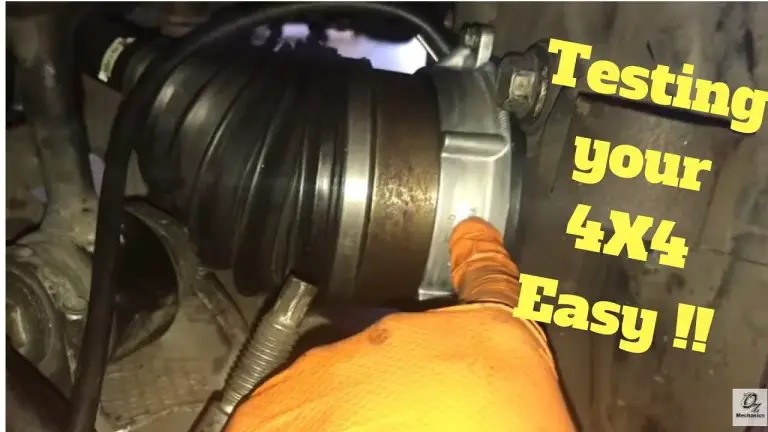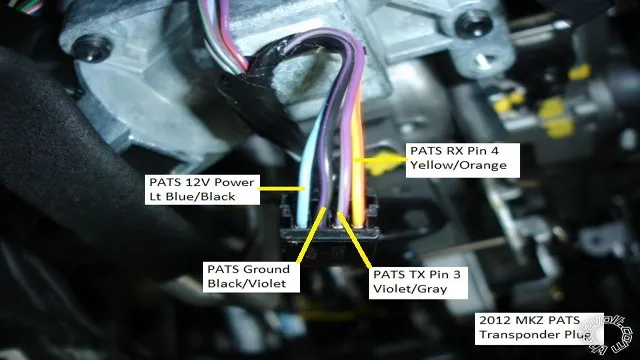How to Stiffen a Trailer Frame : Top Tips for Added Stability
When it comes to hauling heavy loads or navigating rough terrain, a sturdy and stable trailer frame is essential. Over time, trailer frames can experience wear and tear, leading to issues such as flexing, bouncing, and instability. To address these concerns, stiffening the trailer frame is a proactive measure that can significantly enhance both the safety and performance of the trailer. In this comprehensive guide, we will explore the steps and considerations involved in stiffening a trailer frame.
The Importance of a Sturdy Trailer Frame
A trailer frame serves as the foundation for the entire structure, providing support for the cargo and ensuring that the trailer can withstand the demands of various terrains and weather conditions. A weak or flexible frame can compromise the stability of the trailer, increasing the risk of accidents and damage to the cargo. By stiffening the trailer frame, you can minimize flexing and improve overall handling, making it easier to control the trailer, especially when carrying heavy loads.

Credit: shockerhitch.com
Assessment of the Existing Frame
Before embarking on the stiffening process, it’s crucial to assess the current condition of the trailer frame. Look for signs of corrosion, deformation, or fatigue that may have weakened the frame over time. Additionally, evaluate the specific areas where flexing or instability are most pronounced. This assessment will guide the approach you take to stiffen the trailer frame effectively.
Techniques for Stiffening a Trailer Frame
There are several proven methods for stiffening a trailer frame, each offering unique benefits depending on the specific requirements and structural characteristics of the trailer. Let’s explore some of the most effective techniques:
1. Cross-members Installation
One of the most common approaches to stiffening a trailer frame is the installation of additional cross-members. These steel beams are strategically positioned between the existing frame members to enhance rigidity and distribute the load more effectively. By welding or bolting the cross-members into place, you can significantly reduce flexing and improve the structural integrity of the frame.
2. Frame Reinforcement Plates
For areas of the frame that are particularly prone to stress and flexing, reinforcement plates can be used to provide added support. These plates, typically made of high-strength steel, are attached to the existing frame to create a reinforced section that can better withstand torsional forces and bending moments. This targeted reinforcement can effectively address localized weaknesses in the frame.
3. Upgrade To Heavy-duty Axles
In some cases, the flexing and instability of a trailer frame may be exacerbated by undersized or insufficiently robust axles. Upgrading to heavy-duty axles with a higher load capacity can directly contribute to a more stable and rigid frame. By distributing the weight more evenly and reducing the strain on the frame, heavy-duty axles can complement other stiffening measures to enhance the overall performance of the trailer.
4. Use Of Structural Adhesives
Structural adhesives can be employed to bond and reinforce critical joints and connections within the trailer frame. When applied in conjunction with welding or bolting, these adhesives enhance the overall strength and stiffness of the frame, effectively minimizing flexing and vibration. It’s important to select adhesives that are specifically designed for heavy-duty applications and engineered for optimal bonding performance.
Professional Expertise and DIY Considerations
While some trailer owners may have the necessary welding and fabrication skills to undertake stiffening projects on their own, seeking professional assistance can ensure that the stiffening process is carried out with precision and in accordance with industry standards. A qualified trailer technician or welder can provide valuable insights and recommend the most suitable stiffening methods based on the specific trailer design and requirements.
It’s important to note that modifications to the trailer frame should always be approached with careful consideration of the manufacturer’s guidelines and any relevant regulations pertaining to vehicle modifications. Engaging a professional ensures that the stiffening process complies with safety standards and does not compromise the structural integrity of the trailer.
Frequently Asked Questions For How To Stiffen A Trailer Frame : Top Tips For Added Stability
How Can I Stiffen My Trailer Frame?
To stiffen your trailer frame, you can consider adding stronger steel reinforcement or welded gussets at key stress points.
What Are The Benefits Of Stiffening A Trailer Frame?
Stiffening a trailer frame can improve its structural integrity, reduce flexing, and enhance overall towing stability and safety.
When Should I Consider Stiffening My Trailer Frame?
You should consider stiffening your trailer frame if you notice excessive flexing, cracking, or structural weaknesses during use.
Can I Stiffen My Trailer Frame Without Professional Help?
While some simple stiffening methods can be DIY, for more extensive reinforcement, it’s advisable to seek professional assistance to ensure structural integrity.
Conclusion
Stiffening a trailer frame is a proactive investment in safety and performance, offering peace of mind for owners who depend on their trailers for demanding hauling tasks. By assessing the existing frame, identifying areas of weakness, and implementing the appropriate stiffening techniques, you can significantly enhance the overall stability and durability of your trailer. Whether it’s through the addition of cross-members, reinforcement plates, axle upgrades, or structural adhesives, the stiffening process is a valuable means of fortifying the trailer frame to meet the challenges of diverse road and load conditions.
Remember, a sturdy and rigid trailer frame not only safeguards the cargo and the trailer itself but also contributes to safer and more manageable towing experiences, ultimately providing a more reliable and resilient platform for your hauling needs.






